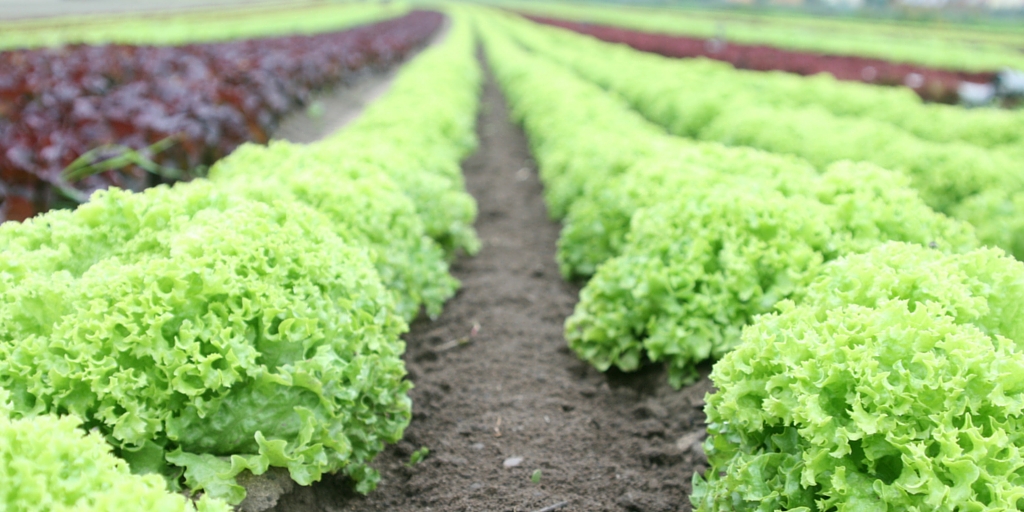
Locally sourced foods are popular with consumers. But for restaurants, the shorter supply chain is plagued by food safety concerns.
Shorter does not mean simpler when it comes the food supply chain. In fact, working with small local producers often introduces a whole new set of challenges, particularly in regards to food safety and preparation.
Take, for example, the chain restaurant Chipotle, which boasted a menu supported by locally sourced foods. Last year, the chain was linked to outbreaks of E. coli, norovirus, and salmonella. Today, shorter food supply chains are under new scrutiny because of safety concerns.
Professor John Quelch of Harvard Business School and T.H. Chan School of Public Health recently authored a case study on food supply chain challenges. He summarizes his findings in an interview with the Harvard Business Review, discussing the major obstacles to local sourcing, how to manage them, and the changing appearance of food supply chains as we move forward.
Here are some highlights:
When there are fewer intermediaries between supplier and restaurant, the supply chain is actually more complex and fragmented, and safety is harder to control.
Essentially restaurants must trust numerous individual suppliers rather than having a standard quality control procedure for a manageable number of specific food sources. McDonald’s, for instance, gets chicken for all its locations from a handful of controlled sources. A nationwide chain that is sourcing locally, on the other hand, will have as many suppliers as there are locations, in theory. This means they may not be able to monitor every one on site.
Sources that mass produce have sophistication and experience in food testing that small local growers lack.
When you source food locally, inspections are on an honor system with that producer. But, the producers may lack the knowledge to assure the highest level of safety. They may not have experience with USDA inspection procedures, and their internal inspection systems may not be as well developed as a company with global operations.
Establishments that want to source locally need to factor in costs of their own safety protocols.
Yes, they may need to charge more from the consumer to balance this, but the safety checks are a must. It does not need to be done in-house either. According to Quelch, a number of very competent, existing independent food testing companies can assure safety and quality. Remember also that consumers are often willing, and expect, to pay more for locally sourced foods, particularly if they are organic and fresh.
Supply chain transparency is a must.
Many larger supply chain companies already have tracking systems in place, but such transparency is lacking at the local level. If an incident of illness occurs from a food supply, the establishment needs to be able to determine what caused it and where it was sourced from. They should be able to hone in on the source as fast as possible, so the rest of their supply chain is left out of the equation and operations are not shut down.
The future will blend global and local suppliers.
A minority of consumers will still have a passion and demand for locally produced, farm-to-table food. But, many consumers will remain price-sensitive, looking for safe food at a reasonable price. So, consolidation will probably occur through partnerships and mergers of global and local suppliers. Large food processing companies may start using local sources to make branded products, which are sourced closer to the target consumer.
Related posts:
- Mapping the World’s Supply Chains
- Brexit and the Supply Chain
- Supply Chain: Here’s What to Write About on Your Blog